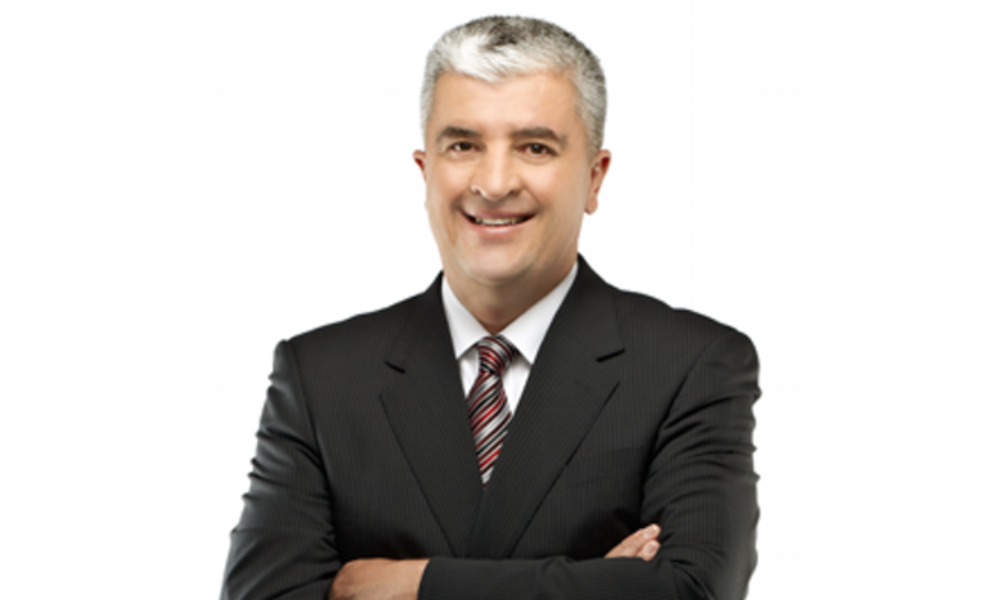Relatively new category is winning its spurs amidst conflict, inflation, and interest-rate hikes

The new liquid alternative class is beginning to prove it’s a good diversifier that can reduce portfolio volatility in this uncertain time of war, interest-rate hikes, and inflation, says one proponent.
“Given the war in Ukraine, inflation, slowdown of the economy, and logistic ad supply problems that we’re facing, people are a little bit nervous and looking to find out what other investment solutions we could provide them and, obviously, liquid alts are part of the solution,” Francis Sabourin, portfolio manager and investment advisor at Sabourin Wealth Management with Richardson Wealth in Montreal, told Wealth Professional.
“Your classic portfolio is like a bicycle and, by adding liquid alts to it, you convert your bicycle into a tricycle, so it will be more stable. It’s not necessarily the fastest, but it will be stable, especially these days, when we’re not looking for speed, we’re more looking for comfort.”
Sabourin said the trick with investing in liquid alts is really know your product because there are a lot of options, and some are doing better than others.
The three categories he favours are fixed income, equities, and risk management.
Given that fixed income is seeing rising interest rates and negative yields, down almost seven per cent in Q1, he recommended long short credit funds, which have done well against the benchmark. But, he added a warning.
“It’s know-your-product all the way because some have done better and some have done less well than their offering memorandum,” said Sabourin. “But, you need to know your KYP, know your product, and know your manager, and try to understand what has worked and what hasn’t worked for these particular products on the equity side.”
That’s true of all three of these categories, so Sabourin encouraged advisors to do their due diligence on the manager, team, and sponsoring firm. They should check the performance for both bear and bull markets plus management style, cycle, and whether the produces are value or growth-oriented. Advisors should also understand why a manager and fund underperforms and whether it is short- term or a result of the manager’s style or strategy.
“You have to take time to educate yourself to understand the managers and products because all these liquid products have more bells and whistles than a regular equity portfolio or regular bond portfolio,” he said. “You have to understand the pros and cons.”
In fixed income, he said, “a long short credit will bring you diversification within a regular balanced portfolio, for example, but you have to understand what you’re invested in. Nothing’s perfect, but if you study it, it can bring real value to your portfolio, but there are exceptions and deceptions, too.”
In equities, Sabourin recommended long short equities and perhaps market neutrality. While those have still had a wide performance spread, he said, “I was less disappointed on the long short equity than on the long short credits” in the past quarter. But, he warned that advisors should still be careful and due their due diligence, even though the long short equities have primarily been positive, though not by much, for the first quarter of 2022.
“This is very encouraging and has proved the point that we should add some within our portfolios to manage volatility,” said Sabourin.
Finally, he relies on market neutral or risk management strategies, which are liquid alternatives available through mutual funds or ETFs. They’re built to have low volatility and decent performance during challenging times.
“Most of them did okay,” he said, noting he’s still watching how the April numbers did. “They’re more like market neutral products where there’s low volatility, but low expectations of return.”
Interest in liquid alternatives is growing, especially now with all the market and economic uncertainty.
While all kinds of liquid alternatives have come on the market in the last three years, Sabourin noted that “overall, the experience has been quite positive for these categories. We can see there is a bright future for liquid alternatives, and it will be much bigger in five, six, or ten years.”



